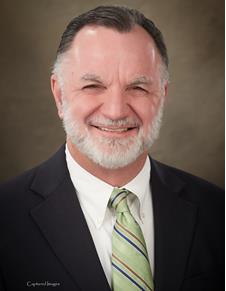
In 1973, the James Bond movie, Live and Let Die was released, the title song written and performed by Paul McCartney. One of the lyrics notes, “You used to say live and let live,” which seems to be a prevalent attitude of rural Kansans, including those of us in Bourbon County. That sounds so reasonable and comfortable, but it does not always work when we have decided to live together in communities. While we need to keep the rules and meddling to a minimum, we need to recognize that our choices impact those around us.
A case in point is the historical district of downtown Fort Scott. Tremendous investments in downtown buildings have been made over the past decade, both private and public; but, unfortunately, we had a long way to go at the start. Some owners neglected empty buildings that were no longer economically viable to the point of severe deterioration. We all recently witnessed the inevitable consequence from years of ignoring the problem. If we live and let live, the result is live and let die.
We can’t let downtown die anymore. I have noted in earlier columns that smaller communities which are economically successful have invested in, and preserved, their historic downtown districts, and these have become vital places to gather and to shop. If we want to be the best that we can be, we can no longer ignore the deterioration of downtown buildings.
What can we do to preserve our historical district? First, cheer and support those who have made significant investments in buildings in our historical district. Buy their goods and services, eat at their restaurants, and thank them for their investment in our community. Be supportive of those who have been downtown a long time and have taken care of their properties. Also, quit condemning those who made investments that did not go well. Failure happens even in America.
Most importantly, we have to reevaluate our “live and let live; live and let die” approach to property deterioration. We must take a measured approach to holding owners accountable for their responsibilities to the properties they own and the community. We must have common sense codes that are enforceable, and the will and expertise to do so.
Lastly, neither can the city take over every property that is at risk, nor is it desirable for them to do so; but, we must be open to more public/private partnerships, along with grants to bridge the economic gap that exists. Let’s continue to look for ways to preserve and protect this important asset in our community.